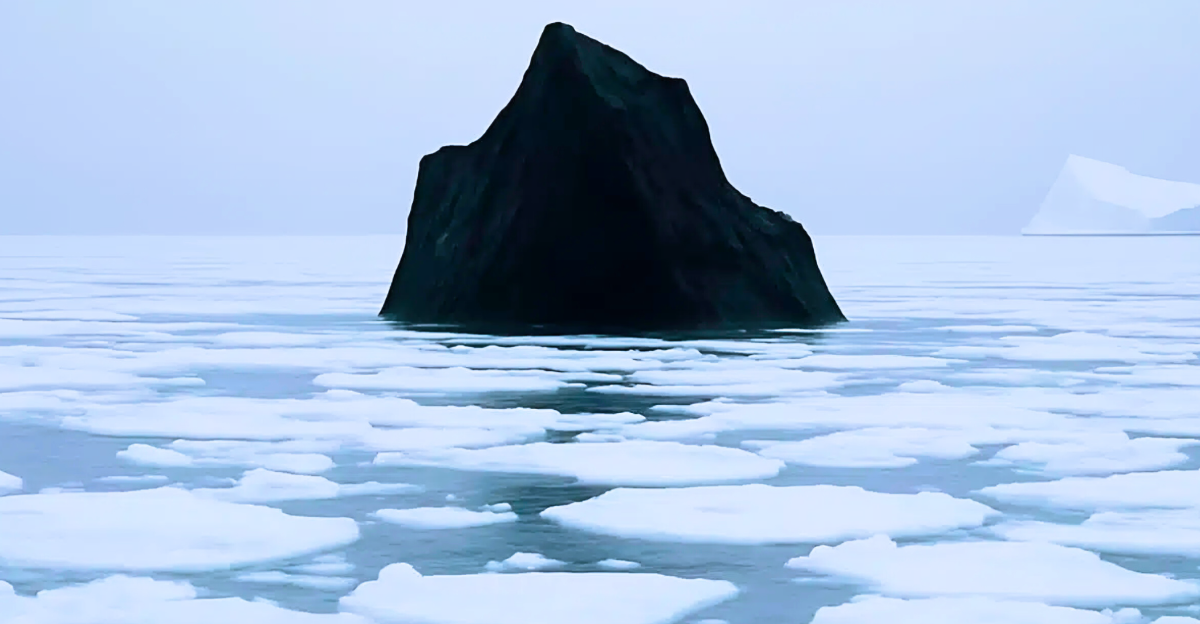
If you ever decide to go iceberg watching off the coast of Canada, the last thing you expect to see is a black iceberg drifting in the distance on its way to who knows where. For one lucky fisherman, this was just the case!
Unlike the blue or white icebergs usually drifting in the water, Hallur Antoniussen was happily shocked by the marvel of this jet-black monstrosity.
The Man Behind the Sighting
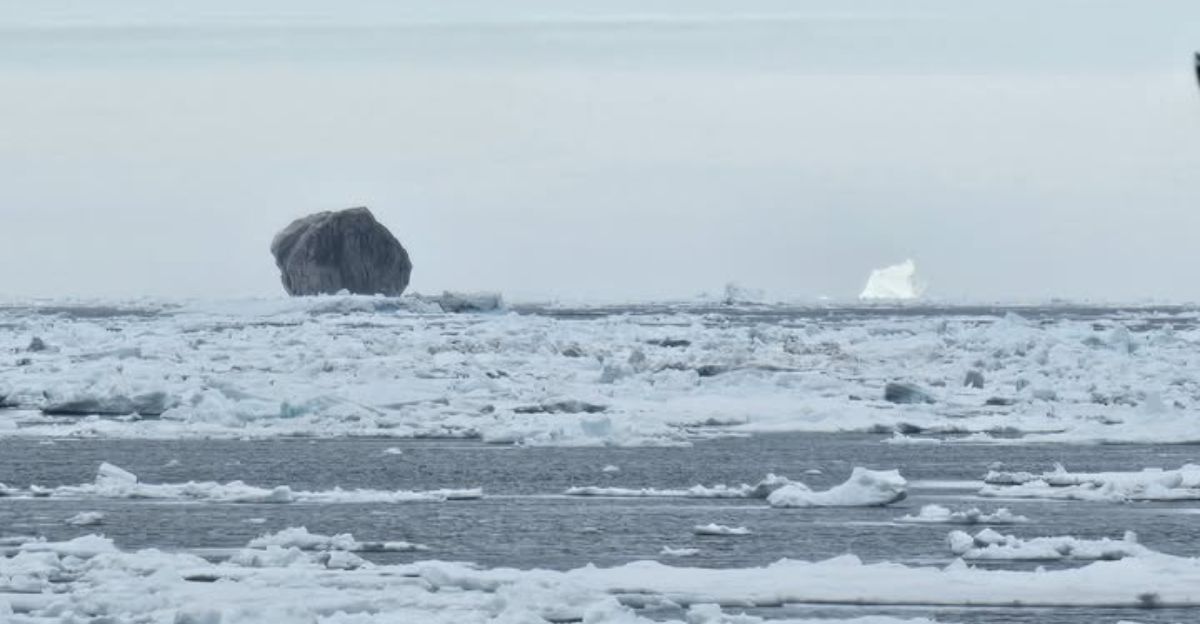
Hallur Antoniussen, the seasoned fisherman behind the remarkable discovery, has spent more than five decades navigating the icy waters of the North Atlantic and the Arctic, yet nothing in his long career prepared him for the sight of a jet-black iceberg floating off the coast of Labrador. Antoniussen was working aboard the Saputi factory trawler when he was sure his eyes were playing tricks on him.
“I have seen icebergs that are rolled, what they say have rolled in the beach with some rocks in it. This one here is completely different. It’s not only that he is all black. He is almost in a diamond shape,” said Antoniussen. “It’s something you don’t see very often, and a camera is not something I run around [with] when I’m working. So, I just ran to my room and took my phone and snapped this picture,”
The Journey of the Iceberg
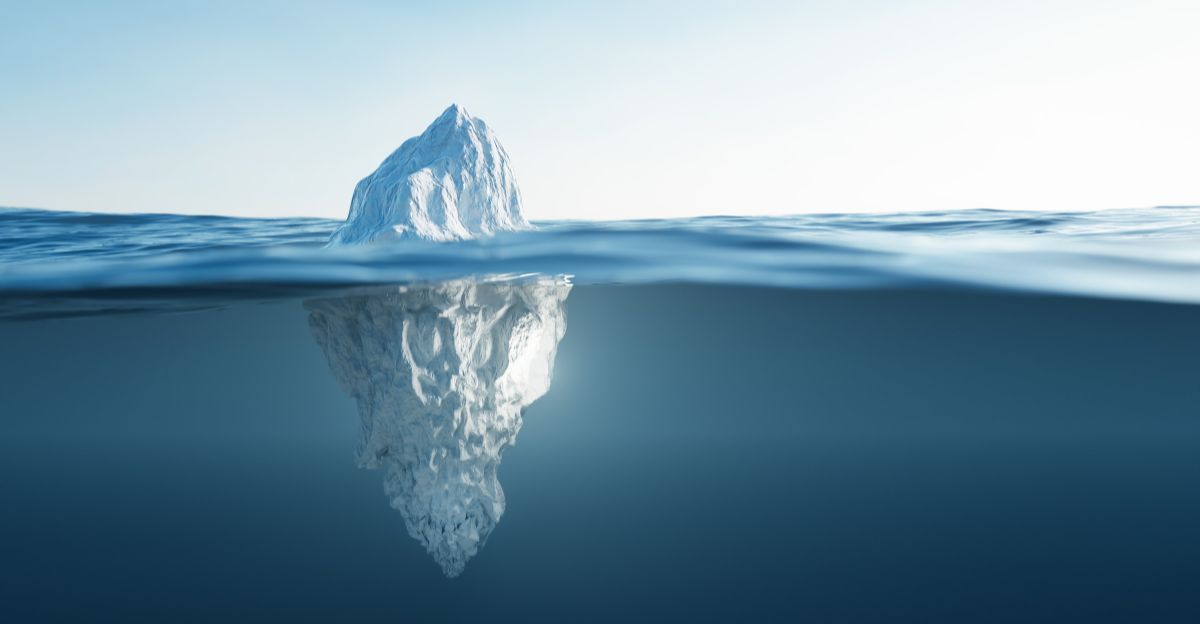
Icebergs can make some of the most incredible journeys across the ocean, leaving many to wonder in their size and color, but this iceberg is a whole other story. Over millennia, powerful ice streams transported the glacier ice toward the coast, grinding it against the rocky earth and collecting dark sediments, volcanic ash, or even meteorite dust along the way.
“There’s parts of the ice that are actually flowing up to 20 kilometres per year, which would mean that the ice is moving maybe a few metres every hour,” said Lev Tarasov, a Memorial University physicist and glacial earth systems modeller.
The Tip of the Iceberg
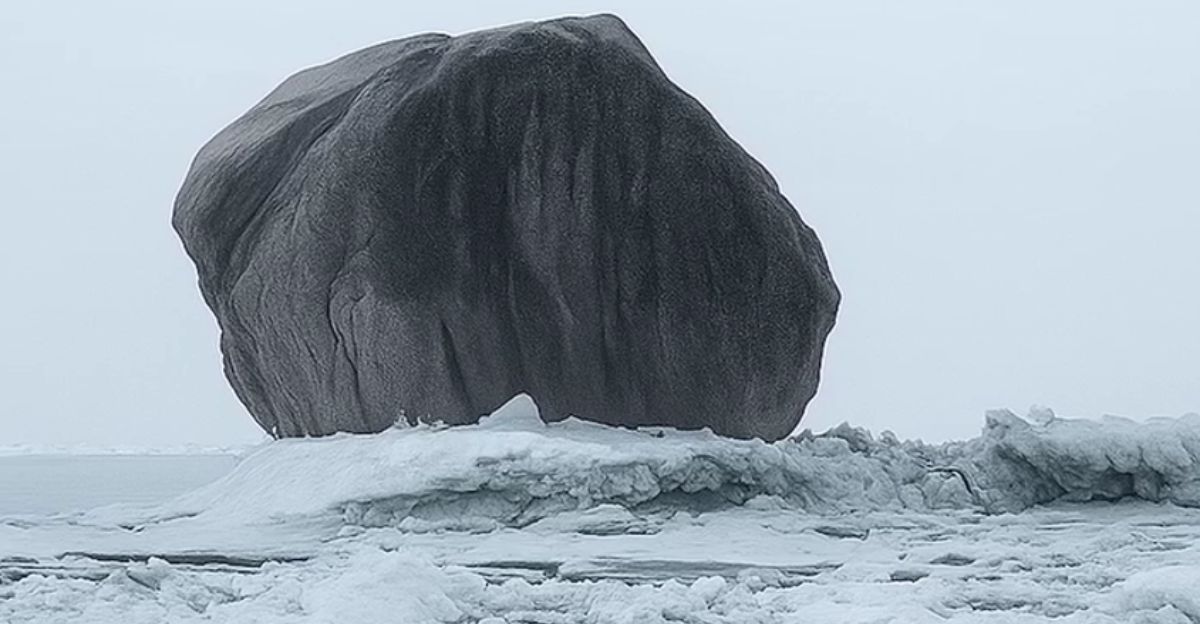
While this iceberg might seem impressive, it takes it to another level when you realize that what you see is only the tip of the iceberg and that around 90% is still unseen below the ocean’s surface. For this particular iceberg, estimated to be three times the size of a typical bungalow above water, the submerged section could be equivalent to as many as 27 more bungalows lurking below.
“Over time, as it travels around Baffin Bay and down the coast of Labrador, it’s melting away. So I think a lot of that ice is melted away. Maybe the part that’s clean is underneath, right? Again, 90% of the ice is underneath the water. So we’re only seeing the tip of the iceberg on top,” said Tarasov.
What Makes an Iceberg Black?
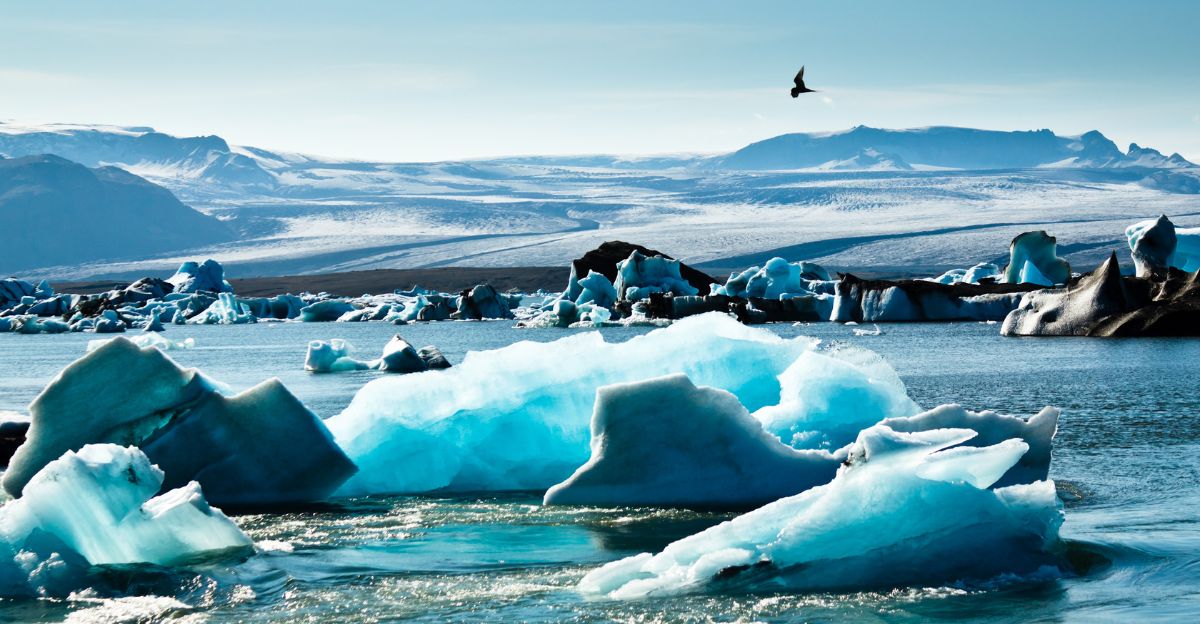
The mysterious black color of this iceberg is caused by ancient geological processes and rare environmental conditions that aren’t often seen. Unlike typical icebergs, which appear white or blue due to the reflection and scattering of light by air bubbles and pure ice crystals, a black iceberg gets its coloration from dark materials trapped within the ice.
As glaciers move toward the sea, they grind against bedrock, picking up rocks, sediment, and even volcanic ash, which become embedded in the ice over thousands or even hundreds of thousands of years. Meteorite dust from ancient impacts may also contribute to the dark coloration, with scientists noting that debris inside the iceberg may not have seen sunlight for millennia.
Scientific Estimates of Age
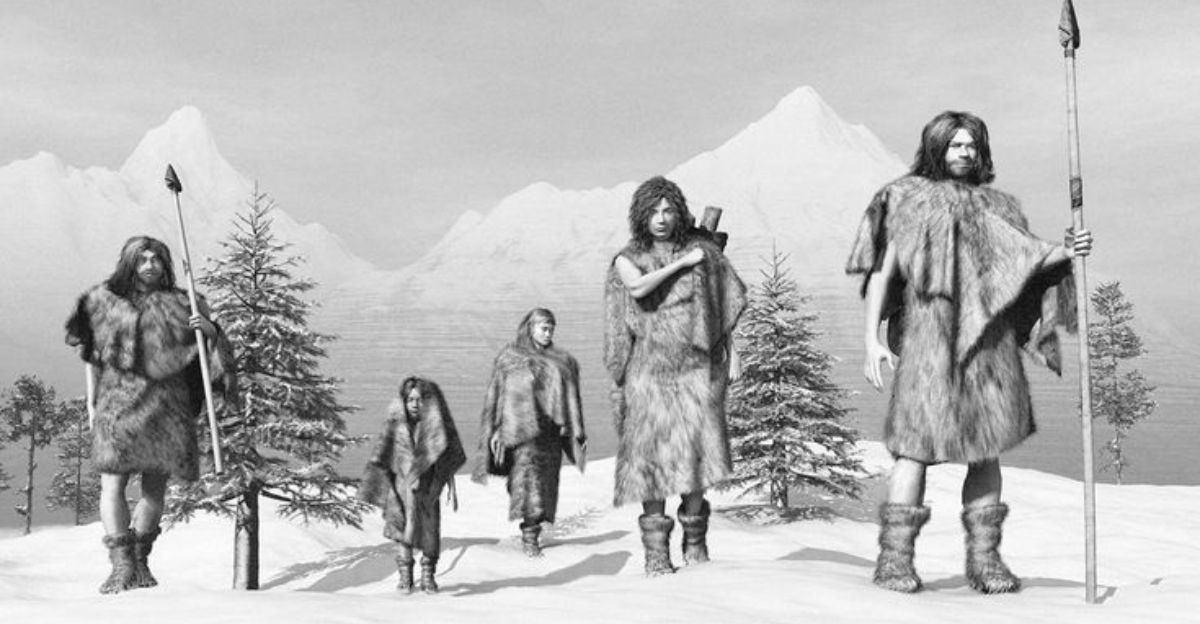
This rare iceberg could be anywhere from 1,000 to 100,000 years old, with some experts suggesting it may date back to the last Ice Age. This wide range is due to the complexities involved in dating ancient ice, which often requires a combination of methods such as analyzing trapped gases, counting annual layers, and matching chemical signatures from volcanic ash or other debris within the ice to known historical events.
However, studying these icebergs can be challenging at times and not always possible due to many factors, making dating them nearly impossible at times.
The Challenges of Studying These Icebergs
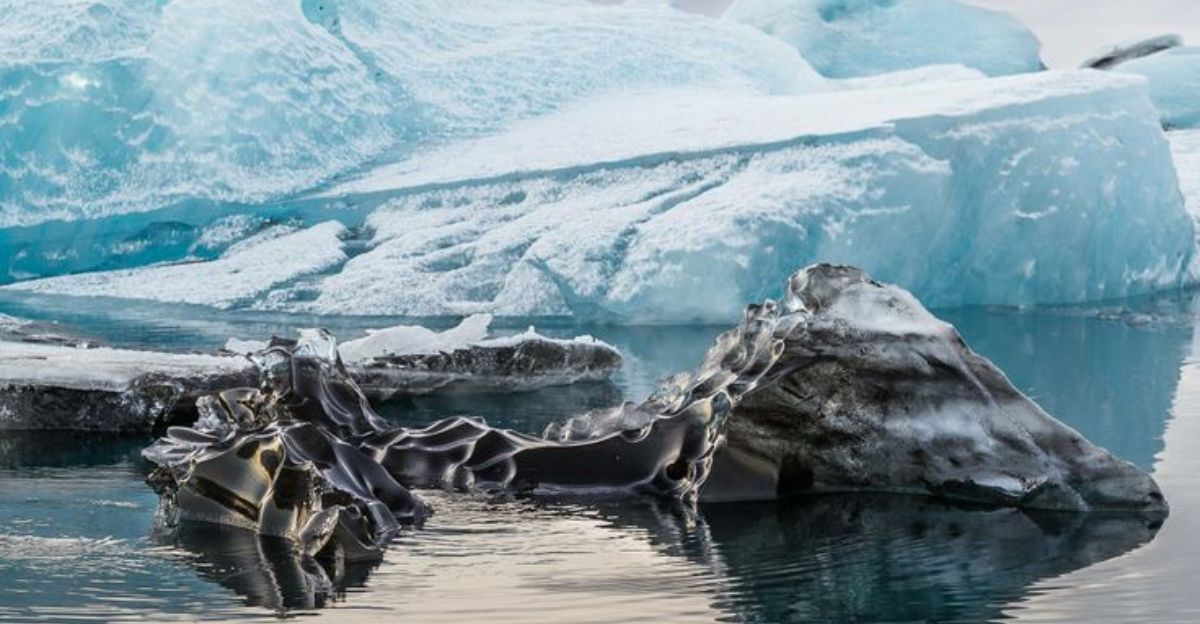
These massive ice formations are often located in remote, harsh environments, making direct observation and sampling logistically difficult and expensive. Their sheer size and constant movement across unpredictable ocean currents add further complexity as researchers must track and access drifting targets that can span the size of buildings or even cities.
At the end of the day, unless another similar iceberg appears in a location accessible to researchers, many questions about these ancient, enigmatic ice giants may remain unanswered.
Climate Change and Ancient Ice
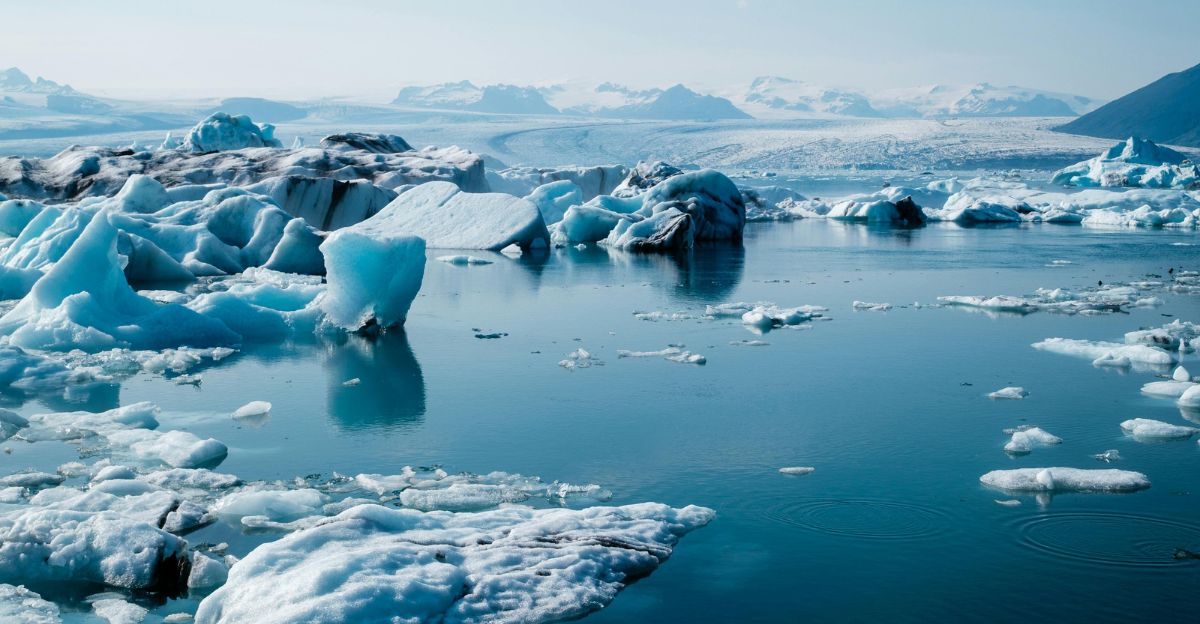
As global temperatures rise, glaciers and ice sheets in the Arctic, Antarctic, and Greenland are melting at unprecedented rates, calving more icebergs into the ocean and accelerating the loss of ancient ice that has preserved invaluable records of Earth’s climate history.
Scientists warn that as meltwater seeps into these ancient ice formations, it can destroy the geochemical and atmospheric records locked within. Thus, it is a race against time to study and preserve these natural archives before they disappear forever.
Theories Still Under Debate
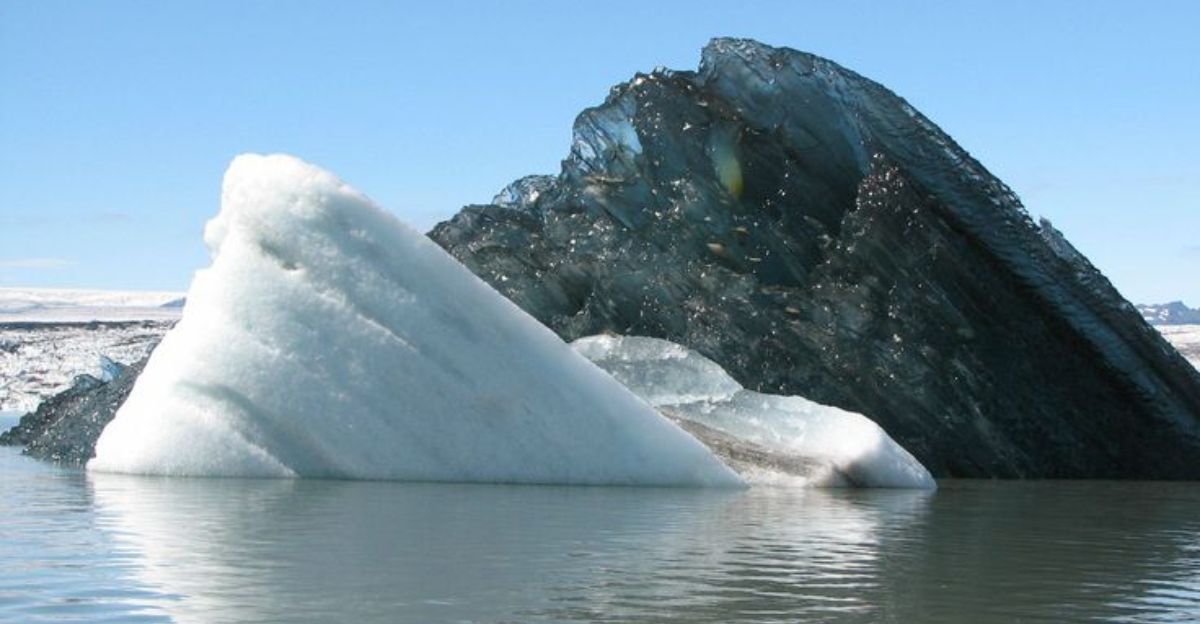
Many theories surround the color of these icebergs, some more logical than others. More imaginative people speculate toxic gases, rare minerals, or even alien involvement, and these theories have circulated widely on social media. A more logical theory points to volcanic ash as the likely cause of its dark coloration, possibly from eruptions in Iceland or Greenland.
Other credible hypotheses include the accumulation of pulverized rock, silt, and glacial debris as the iceberg moved over the land or the presence of ancient soil and mineral particles embedded in the ice over millennia.
A Window Into Earth’s Past

The black iceberg drifting off the coast of Labrador is more than just a rare spectacle, it serves as a tangible window into Earth’s distant past. As glaciers grind toward the sea, they collect and preserve layers of Earth’s geological and atmospheric history, effectively turning icebergs into natural time capsules.
Explore more of our trending stories and hit Follow to keep them coming to your feed!

Don’t miss out on more stories like this! Hit the Follow button at the top of this article to stay updated with the latest news. Share your thoughts in the comments—we’d love to hear from you!







